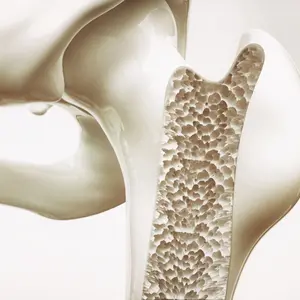

Complementary and Alternative Medicine (CAM)

Complementary and Alternative Medicine (CAM)
Massage Therapy Can Reduce Pain and Increase Healing
Post-surgical pain may last two to three months and can affect mood, sleep, and other cornerstones of mental and physical health.
Surgery doesn’t just lead to acute pain at the incision site or surrounding areas. Patients may adopt new ways of moving to compensate for the initial discomfort, causing disruptions to joint and muscle alignment.
“With any invasive procedure to the body, tissues are broken down and they have to get back to normal,” explains Daniel Vaccaro, a massage therapist from Norwalk, Connecticut. Research shows massage therapy can reduce inflammation and heal scar tissue, helping patients regain full range of motion.
Abdominal surgeries can be performed on a variety of organs, such as the reproductive organs, stomach, gallbladder, intestine, appendix, liver, spleen, or esophagus. Patients can develop muscle inhibition or develop painful scar tissue, which massage therapy can correct or relieve.
Hip arthroplasty involves a several-inch incision over the hip joint to replace worn or arthritic hips. Manual calf massage can contribute to a lower incidence of deep vein thromboembolism, a common complication of hip replacement surgery.
Massage helps patients with chronic low-back pain, suggesting that massage therapy acts similarly to anti-inflammatory pain drugs. Regardless of the type of surgery a patient has received, the combination of massage therapy and pain medication is deemed more effective than drugs alone. Pain, anxiety, and stress are often byproducts of the experience, and massage therapy significantly targets these aftereffects.
Anything massage therapists can do to help manage patient stress may improve outcomes since high stress levels reduce our wound healing abilities and dampen immune function.
REFERENCES
Salamon, M. (2018, April 24). Helping patients after surgery. American Massage Therapy Association. Retrieved from https://www.amtamassage.org/articles/3/MTJ/detail/3834/helping-patients-after-surgery


 By
By







